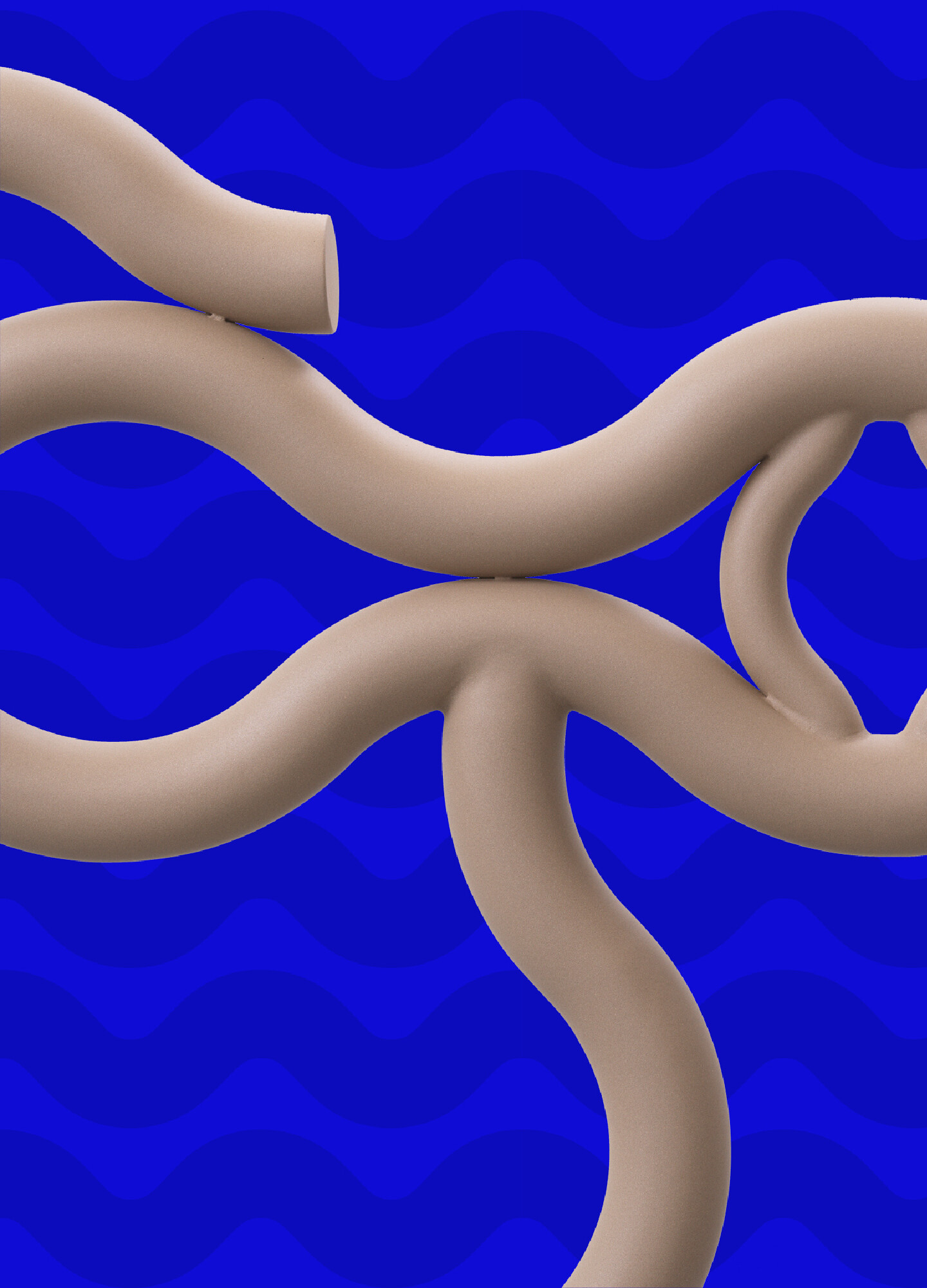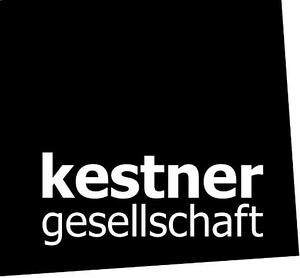Goseriede 11
30159 Hanover
Germany
Hours: Tuesday–Sunday 11am–6pm,
Thursday 11am–8pm
that other world, the world of the teapot
tenderness, a model
June 25–September 25, 2022
that other world, the world of the teapot, is the world the writer and the 2018 Nobel Prize in Literature Laureate Olga Tokarczuk is longing for. In her Nobel Lecture, the author recalls Hans Christian Andersen fairy tale of a teapot, broken by the people’s awkwardness and their carelessness, and immediately disposed of and rejected. Tokarczuk writes about her childhood world of fairy tales, inhabited by talking objects and nature manifesting its own existence and life. That’s that other world, an enigmatic Raumgeist, an Aleph, where the entire visible and invisible world is combined in a utopian harmony and bond, whereas our world is a disconnected, lifeless expanse, colonized by loneliness and failure. To evoke that other world Tokarczuk advocates tenderness as a magical means thanks to which the misjudged and ignored teapot starts to talk. “Tenderness, writes the author, personalizes everything to which it relates, making it possible to give it a voice, to give it the space and the time to come into existence, and to be expressed.” She praises tenderness as the art of personifying, of sharing feelings, and thus endlessly discovering similarities; (it) “is the most modest form of love (…) It appears wherever we take a close and careful look at another being, at something that is not our ‘self’.”
that other world, the world of tenderness, “the conscious, though perhaps slightly melancholy, common sharing of fate”, asks for a new host, a new kind of narrator which Olga Tokarczuk identifies as a “fourth-person” one, the one “who manages to encompass the perspective of each of the characters, as well as having the capacity to step beyond the horizon of each of them, who sees more and has a wider view, and who is able to ignore time.” Tender narrator is a conscious homo empathicus, who practices critical intimacy and considers tenderness as “a way of looking that shows the world as being alive, living, interconnected, cooperating with, and codependent on itself.”
The exhibition is a search for such a tender narrator. As a manifesto of sorts, it is a portrait of tenderness as a desired, possible modus operandi for the world in an ontological crisis and doubt, its emergency alphabet of vulnerability, endurance and resilience. This is a cross-generational poetic landscape of tenderness as a transgressive, polyphonic tool of change and reinvention, a “spontaneous and disinterested” agent of care and concern, a model for the radical ethics in precarious times of reduced immunity and mistrust. Art works, assembled within a relational architecture of this exhibition, perform tenderness as a lyrical power of a political charge. From an approach to materials, through an elaboration of form and an application of color down to thematic take at human psyche and its fragility, here there is an investigation of surface sensations, an anatomy of caress and attention, an empathic journey into that other world, the world of the teapot Olga Tokarczuk dreamt of.
As such, this exhibition is a possibility of a new paradigm, an offer “to visit the other. The other, the tender—extend her, extend him. The proof of the tender is only in tending” (Jacques Derrida), a visit accompanied by a candid appearance by a Brazilian writer Clarice Lispector, a tender narrator.
With Alexander Archipenko, Hans Arp, Lenora de Barros, Hans Bellmer, Renate Bertlmann, Ellen Cantor, Enrico David, Shannon Ebner, Cecilia Edefalk, Joana Escoval, Cerith Wyn Evans, Valie Export, Spencer Finch, Johan Grimonprez, Asta Gröting, Heide Hinrichs, Peter Hujar, Dorothy Iannone, Grethe Jürgens, Nikita Kadan, Arghavan Khosravi, Jakob Lena Knebl, Dominique Knowles, Jutta Koether, Käthe Kollwitz, Maria Lassnig, Fernand Léger, Jochen Lempert, Barbara Levittoux-Świderska, Yong Xiang Li, Sharon Lockhart, Louise Nevelson, Alice Neel, Kayode Ojo, Daniel Otero Torres, Christodoulos Panayiotou, Ewa Partum, Francis Picabia, Pamela Rosenkranz, Hans Savery II, Francesco Solimena, Friedrich Schröder Sonnenstern, Fabien Vallos, Edmund de Waal.
Joanna Piotrowska: Sleeping Throat, Bitter Thirst
June 25–September 25, 2022
“My aim [is] not to tell a story, but to evoke scattered associations of inertia, violence, or being mentally overwhelmed, but all of this accompanied by contradictory feelings: intimacy, closeness, joy, protection, and tenderness,” thus Joanna Piotrowska (*1985 in Warsaw, Poland) describes her photographic and cinematic work of psychosomatic perplexity. Our perception of body and mind, skin and the inner feelings, along with the sensations of touch and an act of looking are challenged in Piotrowska’s work which operates as a powerful evidence of human frailty and its exposure to sociopolitical and psychological conditioning of the individual and the communities. Her exhibition Sleeping Throat, Bitter Thirst is an immersive experience: it invites the viewer to experience its beige exhibition space which can be understood as the outer skin of the body of artworks on view.
Diango Hernández: Bañistas
June 25 June–May 25, 2023
Café Tender Buttons
“Heimat means belonging—and vice versa,” confesses Diango Hernández who was born 1970 in Sancti Spíritus, Cuba, and lives since the early 2000s in Germany. His sculptural and painterly work continues to be shaped by his past and upbringing, as well as by the revolutionary culture in communist Cuba. The Cuban tradition of murals, which reflect national, socio-critical, and historical issues remains one of the artist’s paramount sources of inspiration.
Diango Hernandez’ site-specific project, developed for the Kestner Gesellschaft is a tribute to both the artist’s personal biography and the memory of his birthplace, as well as the reflection upon the original function of a current building of the Kestner Gesellschaft, which remains in the collective memory as a site of leisure, a swimming pool, build and established in 1906, and operating as such till the late 80s. Bañistas consists of a large mural, which depicts the gesture of the wave of water, reflecting the interdependence of the Atlantic Ocean, Havana and Hernández’s artistic imagery. Three metal sculptures, composed of the artist’s signature style of curved, wave-like shapes and smoothly immersed into Hernández’ alphabet of waves, perform an almost somnambulistic theatrics of human form, turning the exhibition space into a sun-kissed beach or a well-preserved sports resort.
Shilpa Gupta: Untitled, 2022
June 25–September 25, 2022
Fassade
Shilpa Gupta’s (*1976 Mumbai, India) multidisciplinary and often participatory and collaborative practice encompasses sound installations, drawing, sculpture, and performance, and reflects on the fragility of one’s right to free expression. Investigating collective and individual perception, her artworks question notions of belonging, boundaries, and place. Language and the power of speech are the focus of the artist’s attention.
Gupta’s video installation Untitled (2022), which was conceived especially for the Kestner Gesellschaft and exhibited on the roof, turns the architecture into a living organism. A video generates letters on 21 LED screens that form poetic messages. Emitted texts (IT WAS DARK THE, THE LIGHTS, THE LIGHTS TURNED ON, AND MY EYES SHUT, etc.) along with visual components, enter into a poetic and political polylogue with the city and its inhabitants, invoking notions of confinement and intimacy, but also legality and illegality, security and censorship, belonging and isolation. Yet again, Shilpa Gupta reveals herself as a sensitive storyteller, a poetess of the everyday human condition.
THE BLACK SOFT: Swan Song
Opening concert, June 24, 2022
The Kestner Gesellschaft feels honoured to present the first concert in Europe of THE BLACK SOFT: Joey Topmiller and Chase Coughlin, an interdisciplinary, transgressive duo from New York, whose work includes music, fashion, performance and visual arts.
Sometimes minimalistic, sometimes orchestral, themes of sexual desire, questions of gender identity and the seemingly endless neuroses of the Conditio Humana are combined into a very haunting sound experience.





